Te Araroa Hitchhiking Tips for Solo Woman Backpackers
15 Tips for Solo Hitchhiking in New Zealand
Te Araroa is a dream hike for many outdoor enthusiasts the world over and Aotearoa New Zealand is known to be a hiker’s paradise which internationally enjoy’s a reputation as a safe country to visit.
Te Araroa serves the adventurous hiker with a smorgasbord of diverse landscapes, alpine vistas, native forests, coastal trails, lakes, rivers and extraordinarily beautiful views seemingly around every corner.
-
Should You Walk Te Araroa’s Road Sections
Te Araroa Trail Head Transport Options
Our Te Araroa Experience Hitchhiking
Hitchhiking as a Solo Woman Backpacker
Do You Have to Hitchhike on Te Araroa
15 Hitchhiking Safety Tips for Solo Woman Backpackers
1 Maintain your situational awareness
2 Always be ready to turn down rides
3 Choose your driver and don’t be afraid to say no
12 Be clear with your intentions
-
The Essential Freewheeling Kiwi Te Araroa Hitchhiking Tips for Solo Woman Backpackers contains a wealth of information, some of which may be new to you.
If you’re planning to walk Te Araroa and want to get the most benefit from this article, use the Contents List above to quickly navigate your way between sections. Once you’ve opened the Contents List, click any of the bullet points to jump straight to that topic.
Throughout the article, I’ve linked to further reading, products, services and directly to the daily blog or vlog relevant to that paragraph.
Where it helps to add further context, I’ve included videos from the relevant day. As well, click any of the images as they will also take you directly to the relevant day.
Research Te Araroa
As you start your research, you’ll quickly realise that Te Araroa is not however a contiguous trail. To be fair, I’m unaware of any other hike of this length that is, at some stage, most will at the very least cross a road.
Te Araroa is a succession of public conservation land tracks, regional and local council tracks, private tracks often through farms and commercial forests, connecting roads, rivers, beaches and even a Strait.
Check out my Te Araroa maps which account for the twenty weeks we were on trail.
As you traverse the 3,000 km Te Araroa route from Cape Reinga in the far north to Bluff in the deep south there’s many exciting opportunities to immerse yourself amongst the diverse communities that you’ll wander by. The chance meetings with locals were some of our best times on trail and these opportunities would have been completely missed if we’d skipped the roads.
Te Araroa Road Sections
Te Araroa has many connecting road sections, some of which are quiet country roads where you’ll hardly see a vehicle though you’ll likely see plenty of wandering stock, while others are alongside or literally on busy highways.
Should You Walk Te Araroa’s Road Sections
Skipping the road sections of Te Araroa is a personal choice with varying reasons as to why you’d do so.
Some hiker’s prefer to focus on the whole wilderness experience and avoid walking the roads so they’ve more time in the wilds.
Other hikers might choose to skip ahead and completely avoid the road sections due to their own safety concerns, personal preferences or due to time constraints.
A lack of time may be a result of too short a visa, for example a three month visa is not going to do justice to either the trail or your Aotearoa New Zealand experience.
Changing weather also creates pressure as hikers adapt their plans because of rising rivers and snow through the alpine sections causing hikers to flip flop back and forth between trails.
Te Araroa Trail Head Transport Options
You’ll typically be able to find a shuttle operator or water taxi to and from the main trailheads like Cape Reinga, Ship Cove and the Rangitata River detour however as most of Aotearoa New Zealand’s population live in the towns and cities, you’ll be challenged in the more remote locations.
In my Te Araroa A to Z Guide, I’ve outlined in detail where you’ll need a shuttle and what the options are. Read the A to Z Guide next
Te Araroa Side Quests
Many of our overseas visitors incorporate side quests into their trip, leaving Te Araroa momentarily to explore a nearby trail. Chances are that most of these side quests will involve some form of transport between the two. For example, leaving Te Araroa in the Bay Of Islands to pop out and visit Cape Brett.
Our Te Araroa Experience Hitchhiking
When Andrew and I walked Te Araroa, we started every day with the intention of walking the entire road section however we often found even if we weren’t hitching that such is the friendliness in Aotearoa New Zealand that people would pull over and offer us a ride! Often times we thanked them and turned down the ride while other times, we gladly jumped in.
Many also recognised us from the Freewheeling Kiwi Daily Vlogs and wanted to help out which was always great fun.
Hitchhiking in New Zealand
It’s relatively easy to hitchhike in New Zealand, particularly when it’s obvious that you’re a backpacker.
Hitchhiking as a Solo Woman Backpacker
Prior to starting Te Araroa I’d solo hitched many many kilometres the length and breadth of Aotearoa New Zealand as well as criss crossing and even lapping Australia. At a conservative guess, I’ve probably hitched over 30,000 kilometres which I think more than qualifies as experienced.
Andrew on the other hand had never hitched anywhere and we had some hilarious first encounters as he adjusted to sticking his thumb out for a ride. We remain hugely grateful to the lovely drivers we met along the way who’ve each added their own texture to our Te Araroa tapestry.
Do You Have to Hitchhike on Te Araroa
No, absolutely not. While public transport may be extremely limited in rural areas, you’ve always the option of walking even if it’s simply to get to the nearest town and bus stop.
Travel Consulting and Adventure Planning
Feeling stressed about your new adventure and travel planning?
I’m here to help simplify the process and take the weight off your shoulders.
15 Hitchhiking Safety Tips for Solo Woman Backpackers
Having personally hitched many thousands of kilometres on my own, these are my top 15 safety tips for solo woman backpackers who are planning to hitchhike in New Zealand - or anywhere for that matter.
1 Maintain your situational awareness
You can improve your safety by staying focused and understanding the environment that your in. Observe your surrounds and the implications of what you’re seeing plus predict potential future events based on the current situation.
2 Always be ready to turn down rides
Set your own boundaries, for instance, you might choose to only take rides if there’s another female in the car. If a car pulls over and you’re not feeling confident, thank them for stopping and state you’ll only accept rides from females. I’m not keen on sharing a seat with a dog, chances are it’ll be big and friendly and will lie or slobber all over you. I’ve done that plenty of times, only to spend the trip very uncomfortable and ended up with flea bites!
3 Choose your driver and don’t be afraid to say no
There may be times that a ride offered doesn’t suit you. For example, the driver may only be going a short distance which will leave you in an awkward spot for catching another ride or you’ve concerns about the safety of the vehicle, perhaps it’s already crowded and there’s not the room to safely squeeze in another or to be frank, it looks a wreck.
4 Self defence
I discussed self defence in my "Te Araroa Solo Woman Safety" article, read it next. If you’re able to learn some self defence ahead of your adventure, it will add to your confidence and confident people carry themselves differently.
5 Safety in numbers
Have a chat with other hikers a day or two out from a road to see who else may be planning to hitch as there’s greater safety in numbers. Be mindful though that two people with two giant backpacks are usually plenty for a driver to pick up. Bigger groups should split themselves up and when there's an odd number, let the male hitch on their own.
6 Inform others
Keep other people informed as to your hitchhiking plans, that may be your trusted person back home, your new hiking buddies or even the town accommodation provider that you’re heading to. Should you change your plans, as in perhaps you don’t get to where you had planned to go, once again, inform your trusted people.
7 Keep your essentials near
Often the driver will hop out and open the boot for you to put your pack in and if that’s the case, keep your valuables and essentials with you in the car.
8 Hitchhike in the daylight
This is a no brainer, spotting someone hitching on the side of the road in the dark is difficult and you’ll have less success at getting a ride. Besides which you’ll have put yourself in a position of danger should you not be seen by the driver and may be accidentally hit. Hitching during the day is simply safer and much easier for you to keep a close watch out as to where you’re going.
9 Stay alert
When a friend and I were hitching through the Outback of Australia (from near Darwin to Perth), we were picked up by a van driver who was able to take us with him for several days. On day two we were stopped by a police roadblock, the van was given a cursory search and we were asked very pointed questions as to how long we’d known the driven. Back in those days we hadn’t a clue what was going on and only found out later.
That’s the nature of hitching in Australia, the distances are enormous. New Zealand is not enormous and there’s no need for you to nap while you’re in a stranger’s vehicle.
10 Remain drug free
Should you hitch when you are drunk or under the influence of any other kind of recreational drug? Seriously, what do you think?
11 Test the waters
Know where you’re going and if unsure of how the ride will pan out, say initially that you’re going to a closer village, service centre or road junction. If all seems well, you can always change your plans and continue the whole distance, after all, that’s your prerogative.
12 Be clear with your intentions
This may appear contrary to the paragraph above however you need to state firmly what your needs and intentions are. If your driver wants to stop for lunch in an intermediate town but you’d rather continue, state your plans and of course thank them for taking you that far.
It may be a case that you’ve been picked up by a rural sales rep who needs to call in on farming clients along the way. Again, assess how this works with your plans, is it a detour away from the main road or a case of briefly stopping at a business in a town that you’ll be passing through anyway.
13 Tell the driver who you’re meeting
Let the driver know that your "friends" are waiting for you up ahead and that you’ll be continuing on trail or to the camp with them. If stopping at a town, say that they’re at the backpackers or whatever it takes to give the impression your part of a larger group.
14 Limit your hitchhiking
The best way to avoid hitchhiking problems is to simply limit or avoid hitchhiking completely. There’s no need to hitch at all while walking Te Araroa, either walk "every fabulous inch" (EFI) or where available, take advantage of the shuttle options available.
15 Talk to the driver
One of the reasons someone pulls over to offer you a lift is because they are genuinely interested in what you are doing. Start a conversation though be sure to listen more than you talk. The driver is most likely a local and will love the opportunity to highlight the the unique features of the area that you are in. Many times, it was from such rides that I’d discover all sorts of hidden gems such as waterfalls and beaches which otherwise I’d have drifted by with no idea.
My Final Observations on Hitchhiking in New Zealand
While New Zealand enjoys a reputation as a safe destination, it is not by any measure squeaky clean. As with walking Te Araroa, there’s potential for harm or mishaps anywhere and at anytime. Learning how to manage risks brings with it a confidence which will be apparent in your body language. Go out there and enjoy your walk and everything it entails without fear, be confident, trust your gut, stay aware and remember, that your safety is in your hands.
Now you’ve read my top 15 Tips for Solo Hitchhiking in New Zealand is there anything that you feel should be added? Have you hitched and what was your experience like? Share your thoughts and best tips in the comments box below so that we may all learn from your experience.
“We have two lives, and the second begins when we realise we only have one”
Planning a trip to New Zealand
Useful Links for Your Travels
Get Your Guide - Unforgettable Travel Experiences - No matter where your travels take you, Get Your Guide offers the best way to connect with your destination. Make memories all over the globe with their locally-vetted, expertly-curated experiences. From must-see iconic attractions to unexpected under-the-radar gems, they have something for everyone.
Expedia - Expedia offers travellers a wide selection of accommodation, flights, package, activities and travel services at attractive rates. With hundreds of thousands of accommodation options worldwide and comprehensive choices of flights inventory made readily available on Expedia.co.nz, travellers can easily plan and book their trip
Skyscanner - Millions of cheap prices. One simple search Compare flight rates from 1000s of airlines and online travel agents to find the cheapest flight tickets to all major destinations. Once you find your best deal, book directly through the airline (no extra fees)
Safety Wing Insurance - Insurance for Nomads Nomad Insurance is a global travel medical insurance that covers people from all over the world, while outside their home country. You can buy it even if you are already abroad.
World Nomads - World Nomads travel insurance has been designed by travellers for travellers. If you leave home without travel insurance or your policy runs out, you can buy or extend while on the road.
We receive a fee when you get a quote from World Nomads using this link. We do not represent World Nomads. This is not a recommendation to buy travel insurance.
Express VPN - Express VPN is the world’s largest provider of VPN services, which enables users to protect their privacy and security online with just a few clicks.
Airalo - E-SIM provider for Data. The World’s First E-SIM Store. Stay connected, wherever you travel, at affordable rates.
Trusted House Sitters - The Freedom to Travel - Discover free and unique homestays around the world, in exchange for caring for adorable pets.
Discover Cars. Save up to 70% by comparing the best car rental deals from 700+ suppliers in 10000+ locations worldwide and FREE Cancellation.
Disclosure: My content is reader-supported, which means I may earn a small commission from links on Freewheeling Kiwi’s Assets if you make a purchase and at no cost to you. This is a way to support me so that I can keep sharing content and stories. Thanks in advance for your support.
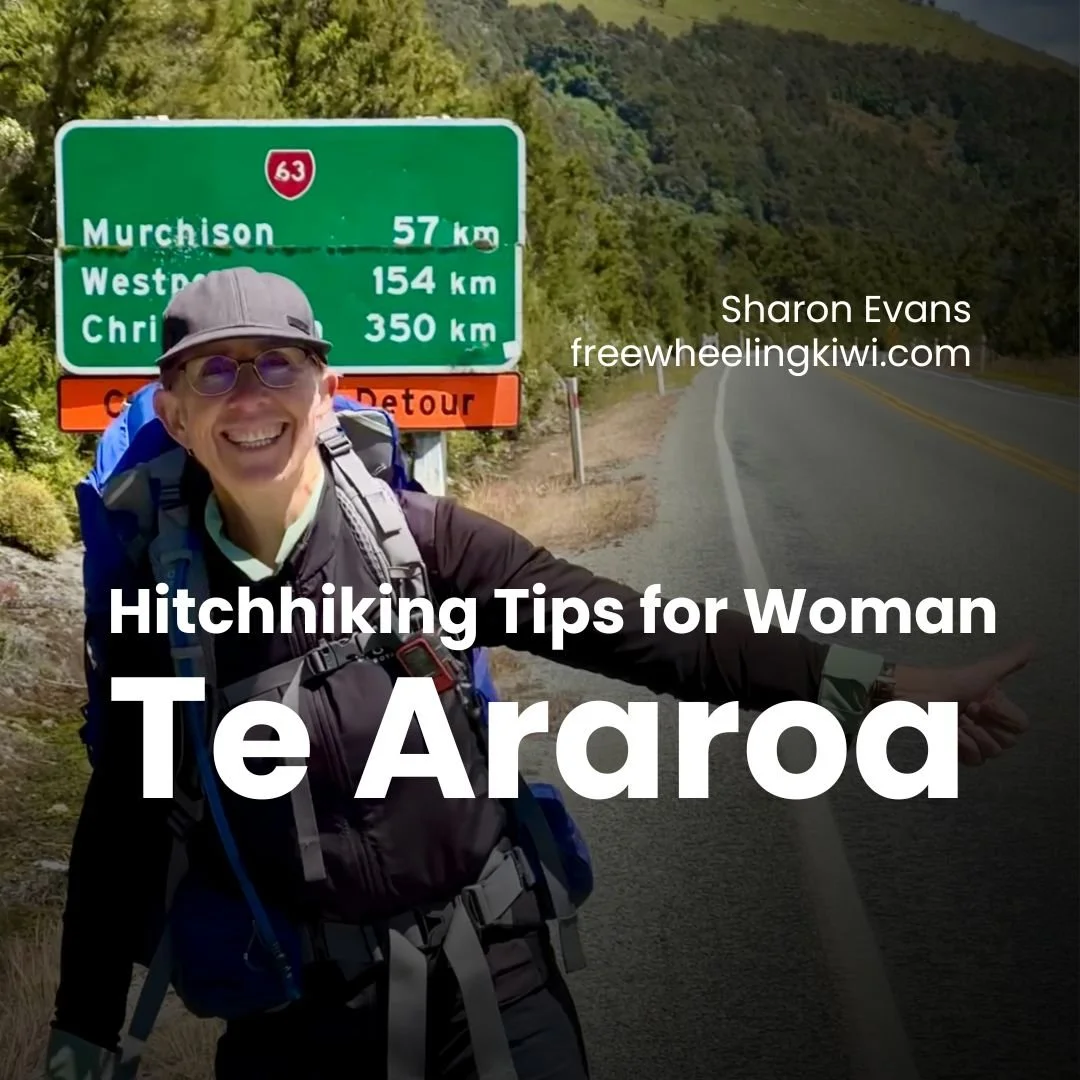






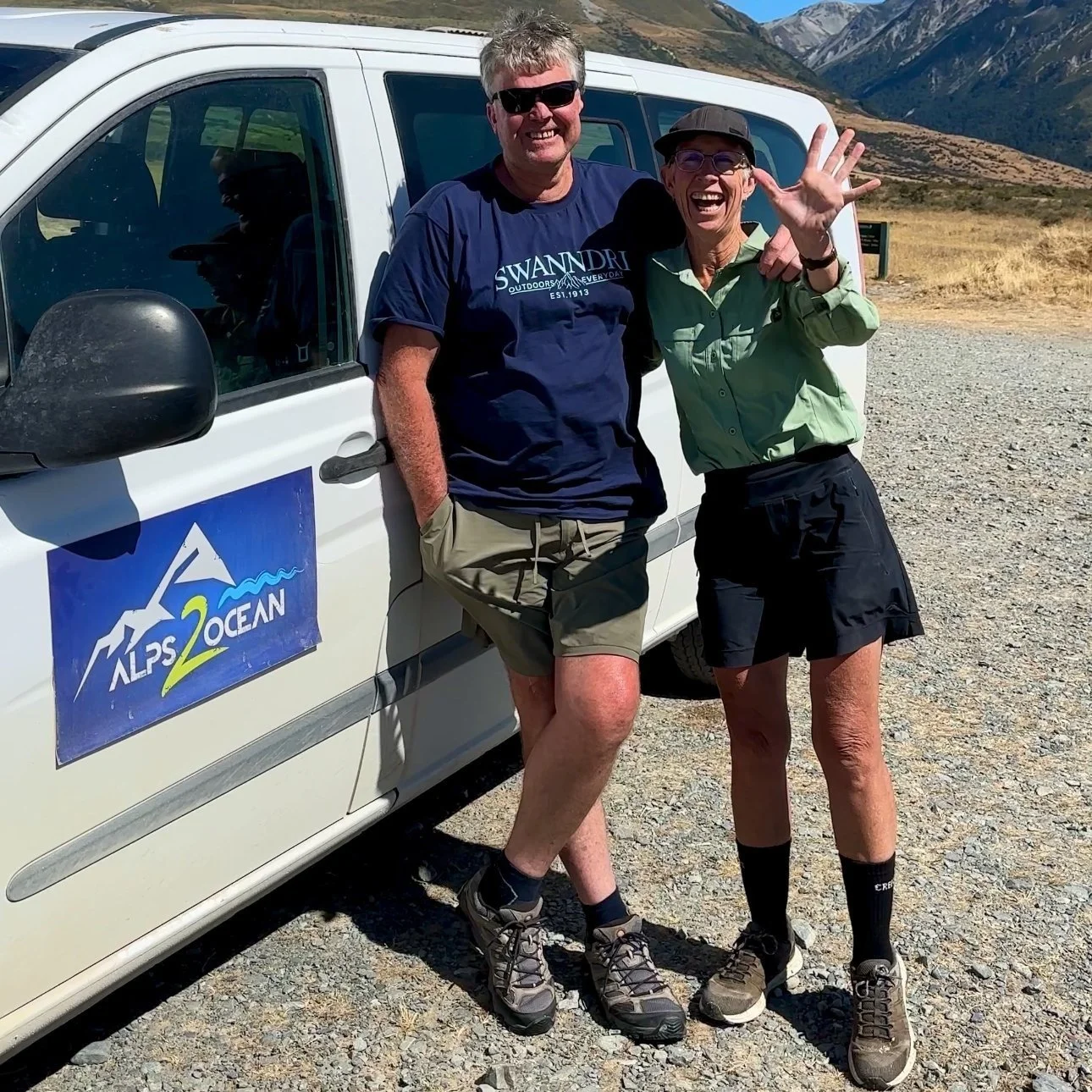
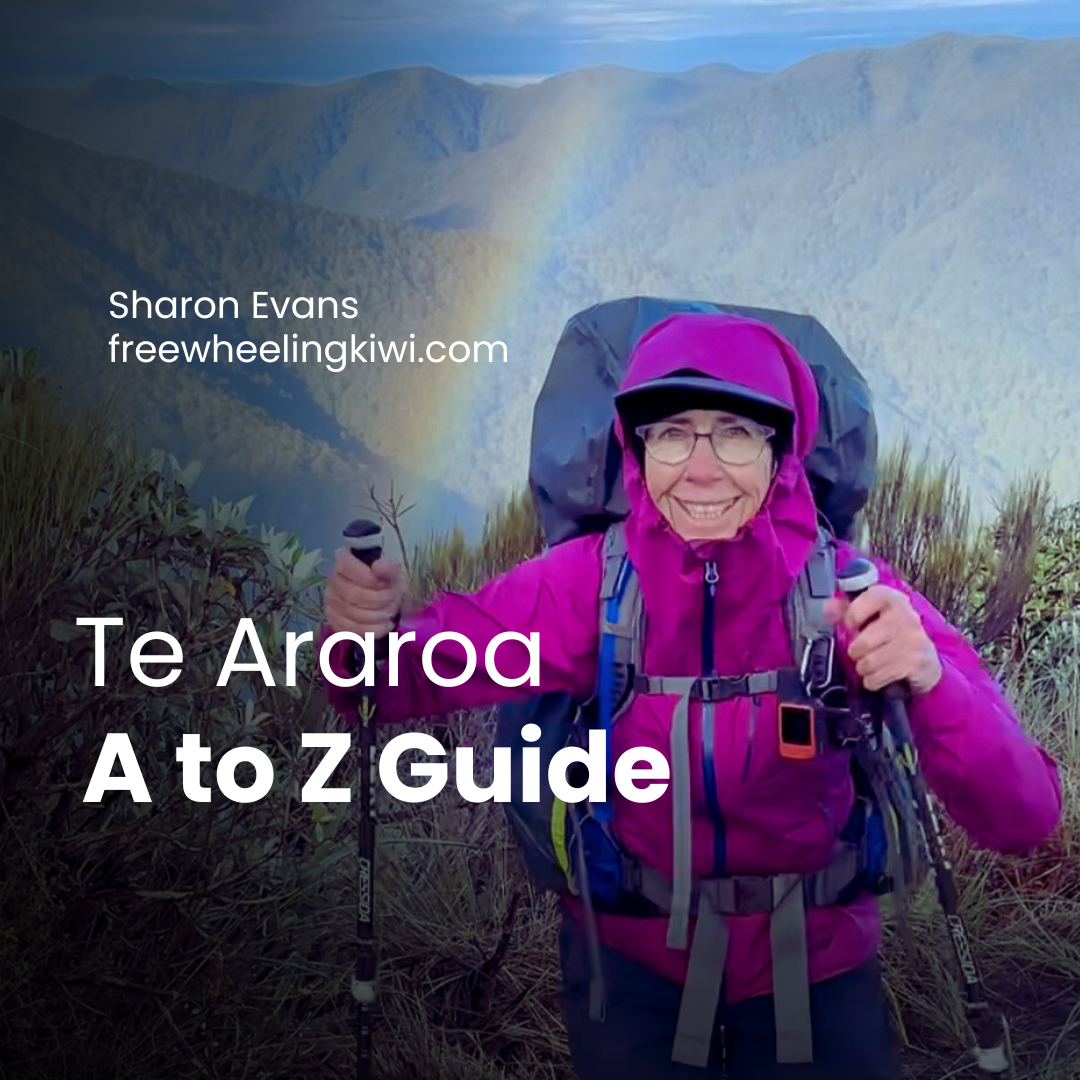
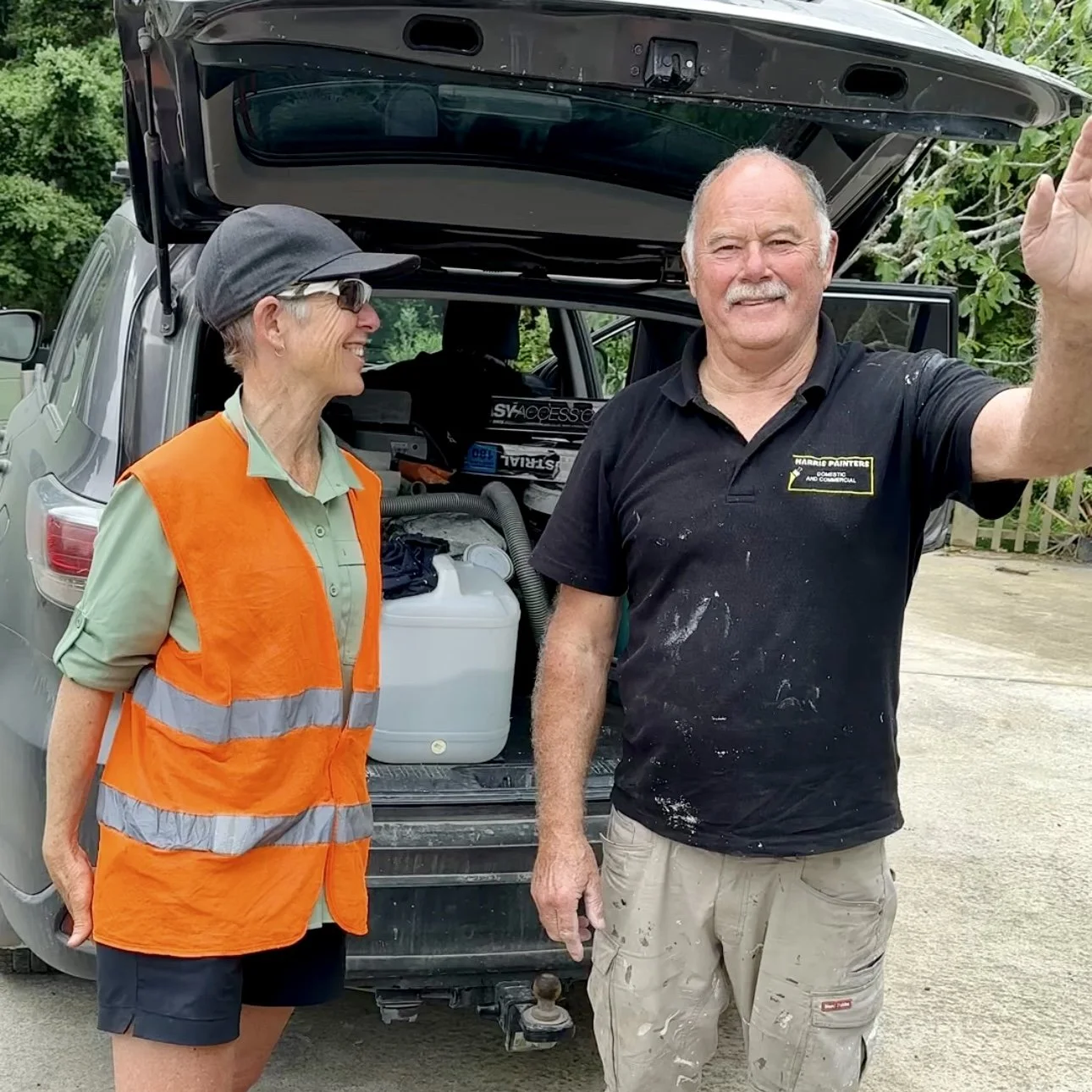
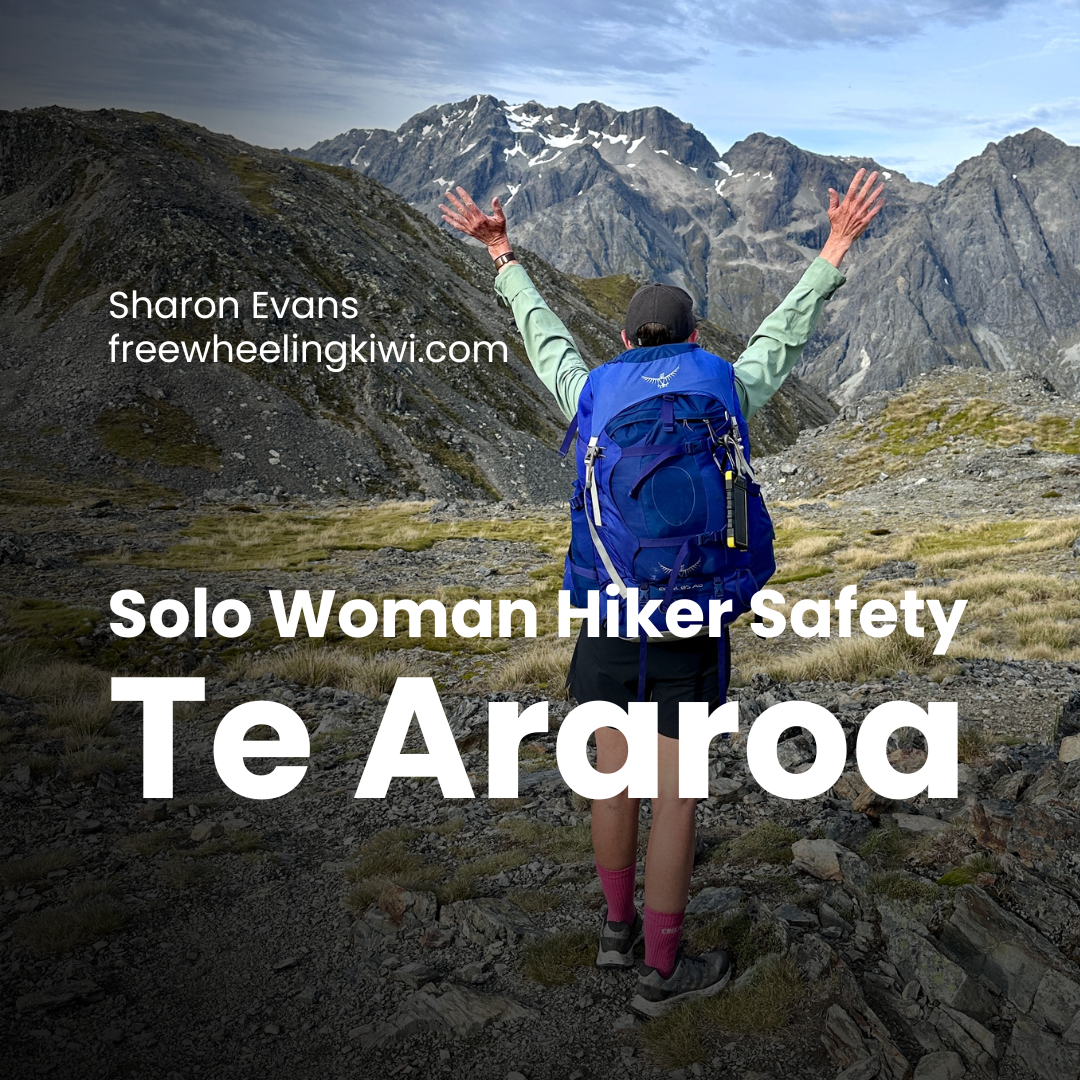

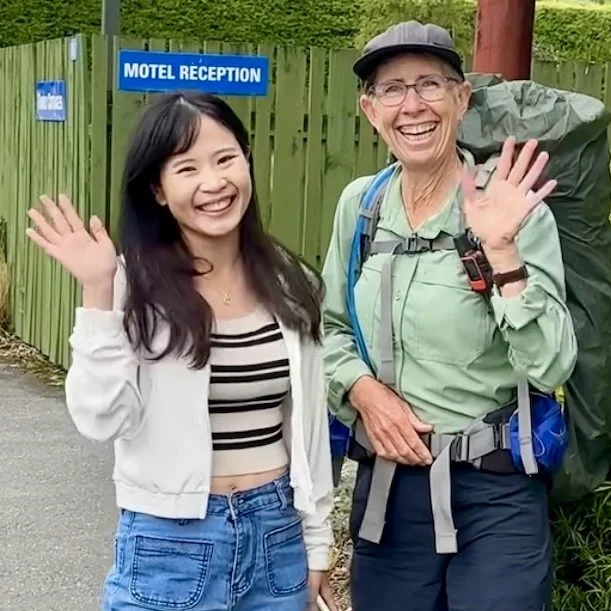








I stood forlornly on the trail as my body trembled with the intensity of my shivering and my teeth chattered uncontrollably.
Tears created by the sub zero temperatures mixed freely with the sleet and snot smeared across my face. I could hardly see through my glasses not that there was anything to see other than the horizontal rain swirling manically about us.
Andrew handed me an OSM bar, with his frozen fingers he couldn’t open the wrapping and thought somehow that I’d be able to. While I fumbled with the wrapping, we attempted to communicate above the howling wind.
Finally getting the bar opened I offered him the larger half, we were clearly living the Te Araroa dream!